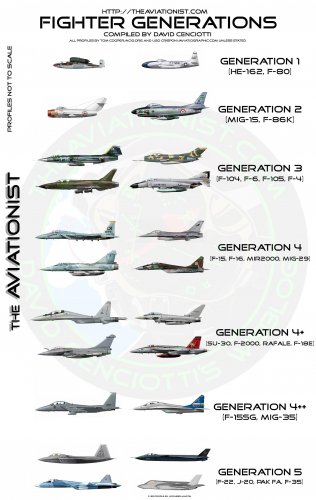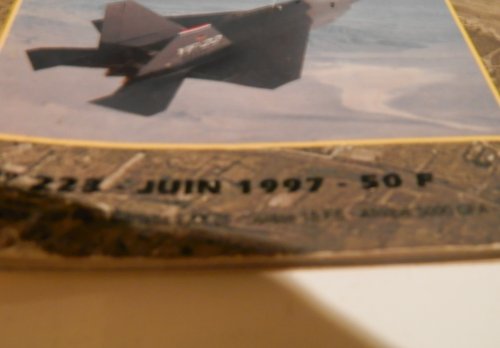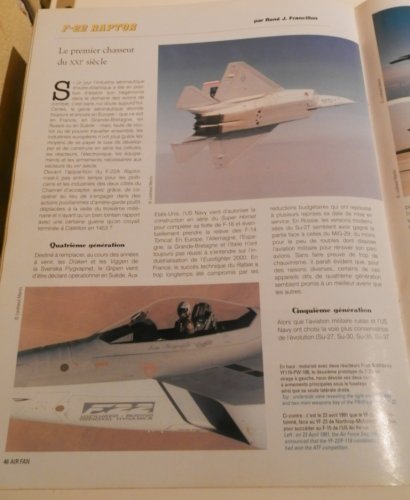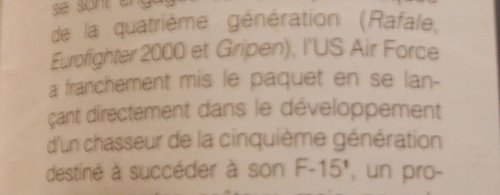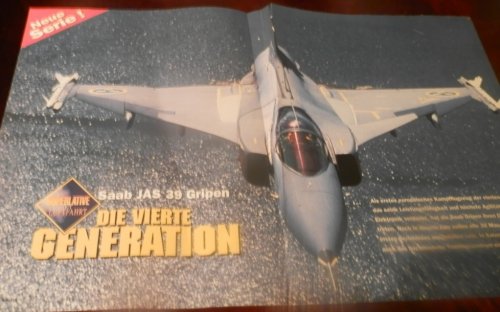IMO:
1st Gen: Earliest jets. Meteor, Me262, XP-59, F-80
2nd Gen: Swept wing, range-only radar (maybe), earliest gudied missiles. Mig-15, F-86, F-89, CF-100, Mig-19, Javelin
3rd Gen: Supersonic speed, PD radar, 2nd gen guided missiles. Mig-23, F-4, Mirage III
4th Gen: LD/SD radars, renewed emphasis on manueverability and visibility, afterburning turbofans. Mirage 2000, Tornado ADV, F-Teen, Su-27
5th Gen: All aspect stealth, the role of avionics, sensors, and networking taking a MUCH larger role in aircraft effectiveness, HMCS/HOBS. F-22, F-35, J-20.
Thing is, in the 1980s (yes the generation thing was talked about back then - it isn't a Lockheed Martin marketing invention) "next generation" (which, one would presume, meant the next aircraft being developed) would be: F-22, Typhoon, Rafale, Mig-2000. To lump them together though is misleading (to say the least) so. . .who knows? It's not an exact science (obviously). And there are a lot of aircraft that don't really fit neatly in there.

